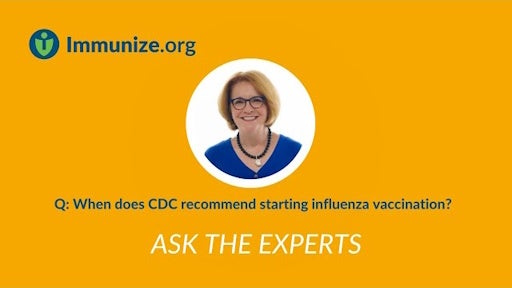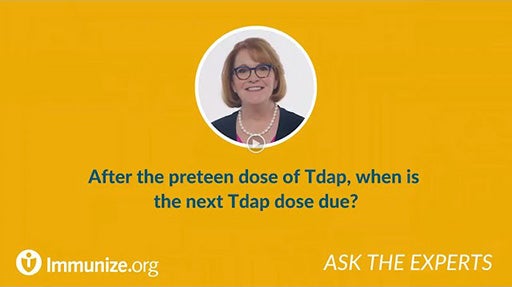The conditions that increase the risk of pneumococcal disease and are indications for additional pneumococcal vaccine doses beyond the routine schedule are broken down into two categories: non-immunocompromising (non-IC) and immunocompromising (IC). Recommendations differ slightly under certain circumstances by IC or non-IC category.
Non-IC conditions include:
- Cerebrospinal fluid (CSF) leak
- Chronic heart disease (especially cyanotic congenital heart disease and heart failure)
- Chronic kidney disease (except as specified in the IC list below)
- Chronic liver disease
- Chronic lung disease (including moderate persistent or severe persistent asthma)
- Diabetes mellitus
- Cochlear implant
Immunocompromising (IC) conditions include:
- Kidney disease and on maintenance dialysis
- Kidney disease with nephrotic syndrome
- Asplenia or splenic dysfunction
- Congenital or acquired immunodeficiency, including B-(humoral) or T-lymphocyte deficiency; complement deficiencies, particularly C1, C2, C3, and C4 deficiency; and phagocytic disorders (excluding chronic granulomatous disease)
- Treatment with immunosuppressive drugs or radiation therapy (including treatment for Hodgkin disease, leukemias, lymphomas, malignant neoplasm, and solid organ transplant)
- HIV infection
- Sickle cell disease or other hemoglobinopathies
An older child through age 18 years with any high-risk condition who completed a pneumococcal conjugate series before age 6 years that included any dose of PCV20, is not recommended to receive any additional PCV doses.
Children with IC or non-IC conditions who completed a PCV series before age 6 years with PCV13 or PCV15 (but who have not received PCV20 or pneumococcal polysaccharide vaccine [PPSV23]) should receive additional pneumococcal vaccination with a single dose of PCV20 at least 8 weeks after the most recent PCV dose. If PCV20 is not available, a non-IC or IC child in this circumstance may, alternatively, receive a single dose of PPSV23 at least 8 weeks after the most recent PCV dose. An IC child given PPSV23 in this circumstance would also be due for a dose of either PCV20 or a second dose of PPSV23 at least 5 years after the first PPSV23.
Doses of the 7-valent PCV (the original Prevnar, PCV7) do not count toward PCV vaccination when determining the current pneumococcal vaccination needs of a child or teen with a qualifying non-IC or IC condition.
When feasible, administer any needed pneumococcal vaccination at least two weeks before initiating planned interventions that place a child at high risk (such as a cochlear implant or spleen removal).
Immunize.org details all recommendations and options for children with high-risk conditions in its standing order template for pneumococcal vaccination of children and teens (www.immunize.org/wp-content/uploads/catg.d/p3086.pdf) and its shorter resource, Recommendations for Pneumococcal Vaccines use in Children and Teens (www.immunize.org/wp-content/uploads/catg.d/p2016.pdf).
For a complete explanation of pneumococcal vaccination recommendations for ages 6 through 18 years, CDC has summarized the recommendations here: www.cdc.gov/vaccines/vpd/pneumo/hcp/who-when-to-vaccinate.html#children-6-18.

